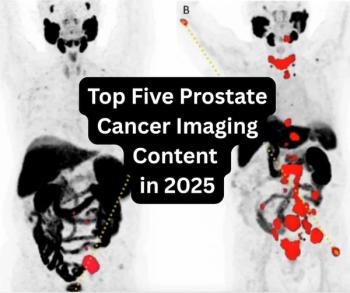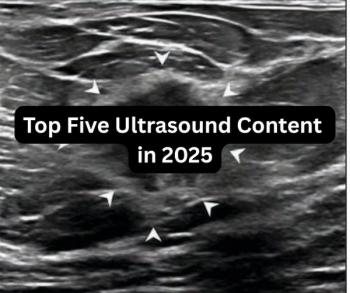FDA Clears Virtually Helium-Free 1.5T MRI System from Siemens Healthineers
Offering a cost- and resource-saving DryCool magnet technology, the Magnetom Flow.Ace MRI system reportedly requires 0.7 liters of liquid helium for cooling over the lifetime of the device in contrast to over 1,000 liters commonly utilized with conventional MRI platforms.
The Food and Drug Administration (FDA) has granted 510(k) clearance for the Magnetom Flow.Ace MRI scanner, a system that reportedly requires significantly less helium for magnet cooling than conventional MRI devices.
Siemens Healthineers, the developer of the Magnetom Flow.Ace MRI system, noted that it is the company’s first 1.5T MRI platform to have a closed helium circuit with no quench pipe. In contrast to conventional MRI systems that may use over 1,000 liters of liquid helium for magnet cooling over the lifetime of the device, the Magnetom Flow.Ace MRI requires 0.7 liters of liquid helium, according to Siemens Healthineers.
The company suggests this could lead to greater than a 30 percent reduction of annual energy consumption in comparison to its previous generation of MRI scanners. Siemens Healthineers maintained the combination of compact device size and no quench pipe also facilitates easier system installation.
Other key attributes of the Magnetom Flow.Ace MRI system include artificial intelligence (AI)-powered image reconstruction as well as a wide range of MRI coils that can be utilized for a variety of human anatomies as well as veterinary applications, according to Siemens Healthineers.
“With the FDA clearance of the Magnetom Flow.Ace, Siemens Healthineers is pleased to introduce our first helium-free 1.5T MR scanner,” noted Katie Grant, head of magnetic resonance at Siemens Healthineers North America. “This 60 cm bore system is also available for veterinarians with the same intelligent, high-end technology that we’ve offered to the general imaging community at a highly attractive total cost of ownership.”
Newsletter
Stay at the forefront of radiology with the Diagnostic Imaging newsletter, delivering the latest news, clinical insights, and imaging advancements for today’s radiologists.





























